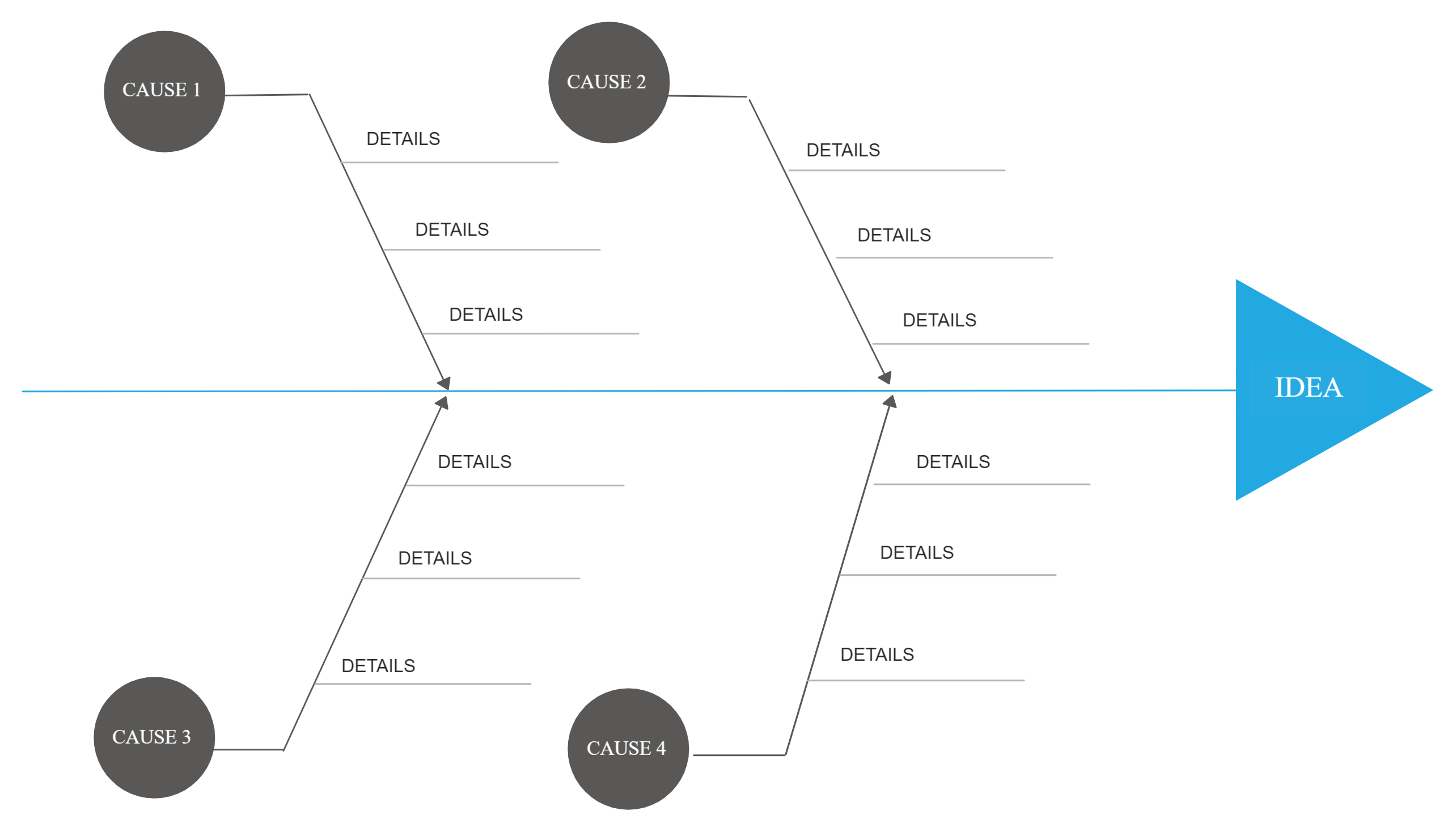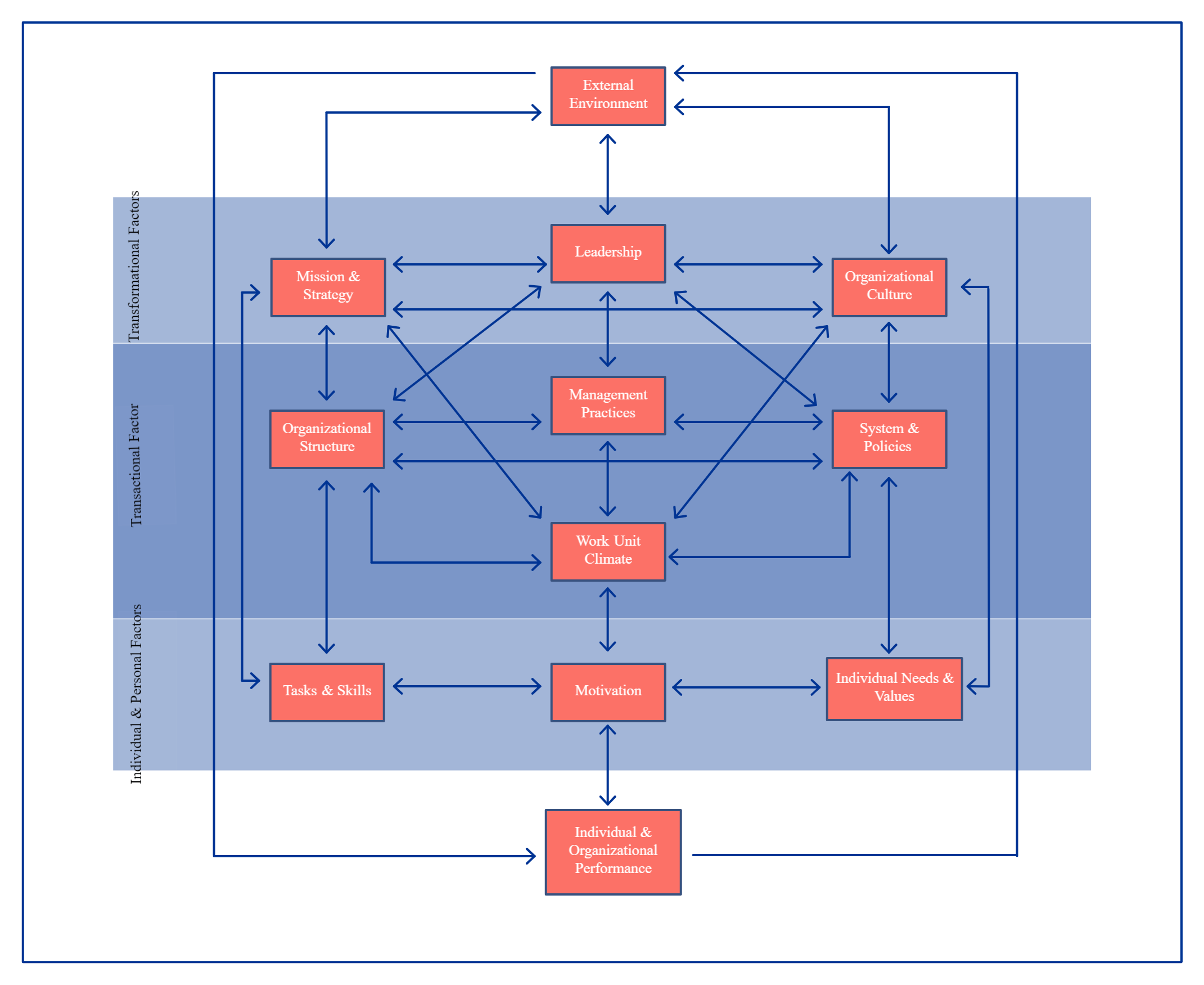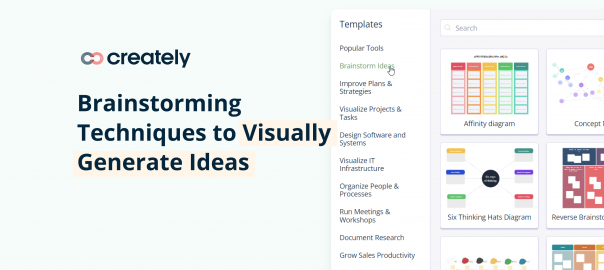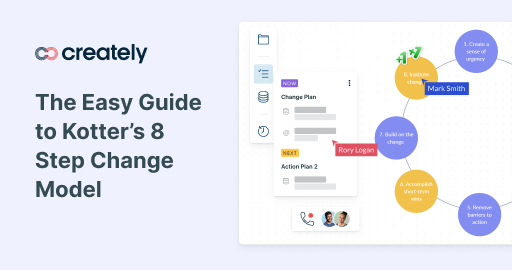How far have you come from the work you planned at the beginning of the year? Do you have any idea about what worked and what didn’t? And why?
Gap analysis can help you compare your business’s or project’s actual performance against the performance you planned for. This way you can figure out what actually worked for you and what didn’t.
We have listed 5 gap analysis tools you can use when doing a Gap analysis. Scroll down to find out,
What is Gap Analysis?
Gap analysis is used to compare where you are against where you would like to be. This helps you identify the gaps between these two states, and come up with an action plan to close them.
Basically, it helps you find solutions to issues that are holding you back from growing as a business.
It can be performed on
- A strategic level – comparing the condition of your business with that of the industry
- Operational level – comparing the current state of your business performance with the state you desire
Note: It is also known as a need-gap analysis, need analysis or need assessment
How to Do a Gap Analysis
There’s no standard process for doing a Gap analysis since it should usually be tailored to meet your business needs. But here are the steps a typical Gap analysis would follow.
Step 1: Pick an Area to Focus on
First of all, you need to know where to focus on during the analysis.
Whether it’s from finance, product quality, marketing etc., pick that specific problem area you need to drill down on. For example, if it’s marketing, a specific area would be social media marketing.
Being specific will help you focus better during the Gap analysis.
Step 2: What are Your Targets/ Goals?
Now that you know the area you need to improve, it’s time to set goals or targets. Not only these goals should be realistic, which mean that they should be achievable within a certain time limit you set, but they should also align with your business goals.
These goals you set will help you define the future state in the 4th step.
Step 3: Determine the Current State of Things
Before you step forward, you need to know where you are standing. In this step, you’ll figure out the current state of things.
By looking into reports or process documentation, doing interviews, brainstorming etc. gather as much data as possible to clarify how you are performing at present.
Step 4: Determine the Future State of Things
Remember the goals you set in step 2? Achieving these goals will help you get to the future state or the desired situation you want your business to be in.
Define what the parameters of the ideal state of your business are.
Step 5: Identify the Gaps between the Two States
Now you have an understanding of the attributes of your current state and the future state, it is easier to identify what is stopping you from reaching your goals.
After identifying these gaps, come up with the steps you need to take to close them.
Gap Analysis Tools
Once you have identifies what the gaps are, you need to look into why they exist and what you can do about them. There are a few gap analysis models you can use for this task. Following we have listed a few Gap analysis tools that you can use.
SWOT
SWOT analysis focuses on Strengths and Weaknesses in the internal environment and Opportunities and Threats in the external environment. It helps you determine where you stand within your industry or market.
How to do it;
- Gather around a team from relevant teams/ departments
- Create a SWOT analysis matrix; you can either use the one below or choose from these SWOT analysis examples
- List down the internal strengths and weaknesses of your business
- Note down the opportunities and threats present in the industry/ market
- Rearrange each bullet point in the order of highest priority at the top, and lowest at the bottom
- Analyze how you can use your strengths to minimize weaknesses and fight off threats, and how you can use the opportunities to avoid threats and get rid of weaknesses
Check out this resource to learn how to use SWOT analysis effectively.
Fishbone
Fishbone diagram, also known as cause and effect diagram or Ishikawa diagram, helps you identify the root cause of an issue or effect. It lists the 6 Ms (listed in the diagram below) and helps you see how they relate to the central problem.
How to do it;
Here’s a quick guide on fishbone diagram to help you understand how to do a cause and effect analysis.
Get more fishbone diagram examples.
McKinsey 7S
McKinsey 7S can help you with any of the following purposes
- To help understand the gaps that may appear in the business
- Identify which areas to optimize to boost business performance
- Align processes and departments during a merger or acquisition
- Examine the results of future changes within the business
The 7s refer to key interrelated elements of an organization. They are as follow,
These elements are divided into two groups; hard elements, which are tangible as they can be controlled, and soft elements which are intangible as they cannot be controlled.
Hard elements
- Strategy – the plan of actions that will help your business gain a competitive advantage
- Structure – the organizational structure
- Systems – business and technical infrastructure employees use to do their daily tasks
Soft elements
- Shared values – a set of beliefs or traits the organization upholds
- Style – the leadership style of the organization and the culture of interaction
- Staff – the general staff
- Skills – key skills of employees
How to apply it;
- Gather around a competent team
- Check whether the elements are properly aligned with each other (look for gaps and weaknesses in the relationship between the elements)
- Define the state where these elements would be optimally aligned
- Come up with an action plan to realign the elements
- Implement the changes and continuously review the 7s, moving forward
Here’s a more detailed look at how to apply the McKinsey 7s model.
Nadler-Tushman’s Congruence Model
The Nadler-Tushman’s congruence model is used to identify performance gaps within an organization.
It is based on the principle that a business’s performance is a result of these 4 elements; work, people, structure and culture. The higher the compatibility among these elements, the greater the performance will be.
How to apply it;
- Gather all data that points at the symptoms of poor performance
- Specify and analyze inputs which include the environment, resources and history. And define your organization’s strategy.
- Identify which outputs are required at individual, group and organizational levels to meet the strategic objectives
- Figure out the gaps between desired and actual output and the problems associated with it (and mark down the costs associated with them as well)
- Collect data on and describe the basic nature of the 4 major components of the organization
- Assess the degree of congruence among these components
- See how poor congruence and problems related to outputs are correlated. Check if the poor ‘fit’ of the 4 major components are related to the problems
- Come up with action steps to deal with the problem causes
Check out this resource for more in-depth instructions on how to apply the Congruence model.
Burke-Litwin Causal Model
This tool helps you understand the different components of an organization relate to each other when going through a period of change. There are 12 components that are interrelated and they are as follow,
How to apply it:
- Find out where the need for change is coming from; whether from the external environment, transformational factors etc.
- Identify which of the elements in each group is responsible for the situation
- Examine the key element along with the other 11 elements; pay special attention to those that are closely linked to the identified element
- Figure out the changes you need to make to the main element along with the other few elements it is closely linked to
Learn more about the 12 drivers of change, the Burke-Litwin highlights here.
What’s Your Take on Gap Analysis Tools?
Gap analysis is a great way to figure out the parameters of your next project or your process improvement efforts. We’ve covered 5 types of Gap analysis tools that you can use to identify gaps in your business and determine what you should do next.
Let us know what other Gap analysis tools you use during a Gap analysis process at your organization.
And if you are looking for Gap analysis templates, we’ve got you covered! Check out this compilation of useful Gap analysis templates that you can use for multiple scenarios












I know about the SWOT and Fishbone. I did not know about the other three tools. I really needed this information for my project. Thank you for writing this article.
Excellent piece of work. I learnt alot from this